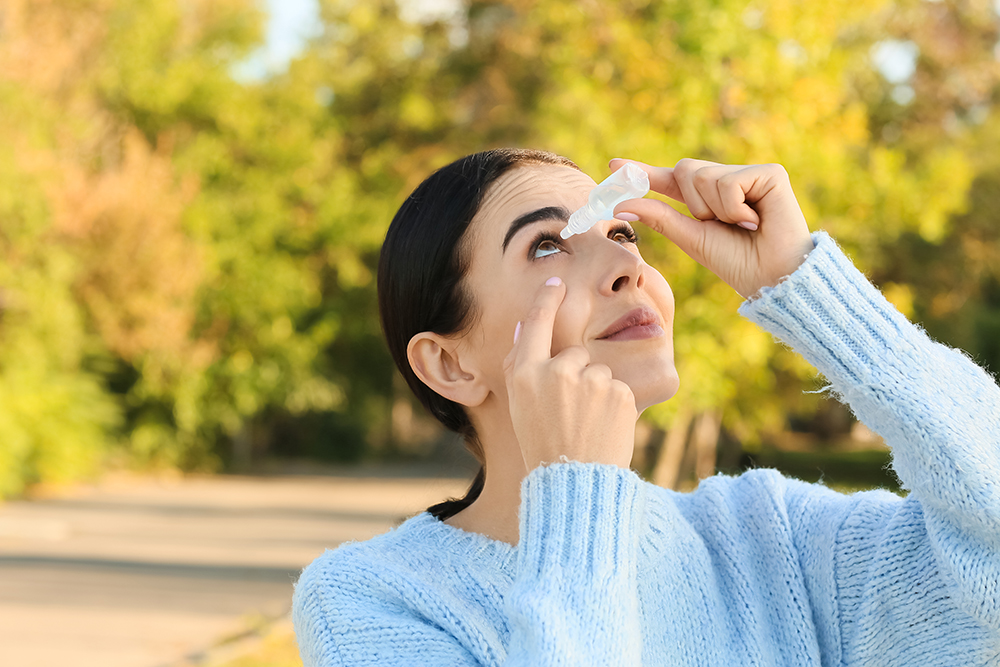Allergy season brings sunshine, blooming flowers, and, for many – frustrating seasonal allergies. If you’re someone who starts sneezing as soon as the pollen count rises, managing seasonal allergies can make a noticeable difference in your comfort level. Recognizing and addressing your symptoms can help you navigate this challenging season more comfortably – and we’ll tell you how.
We’ll also look at convenient ways to access prescription allergy medication online, pollen protection tips, and signs that it may be time to reassess your treatment plan.










